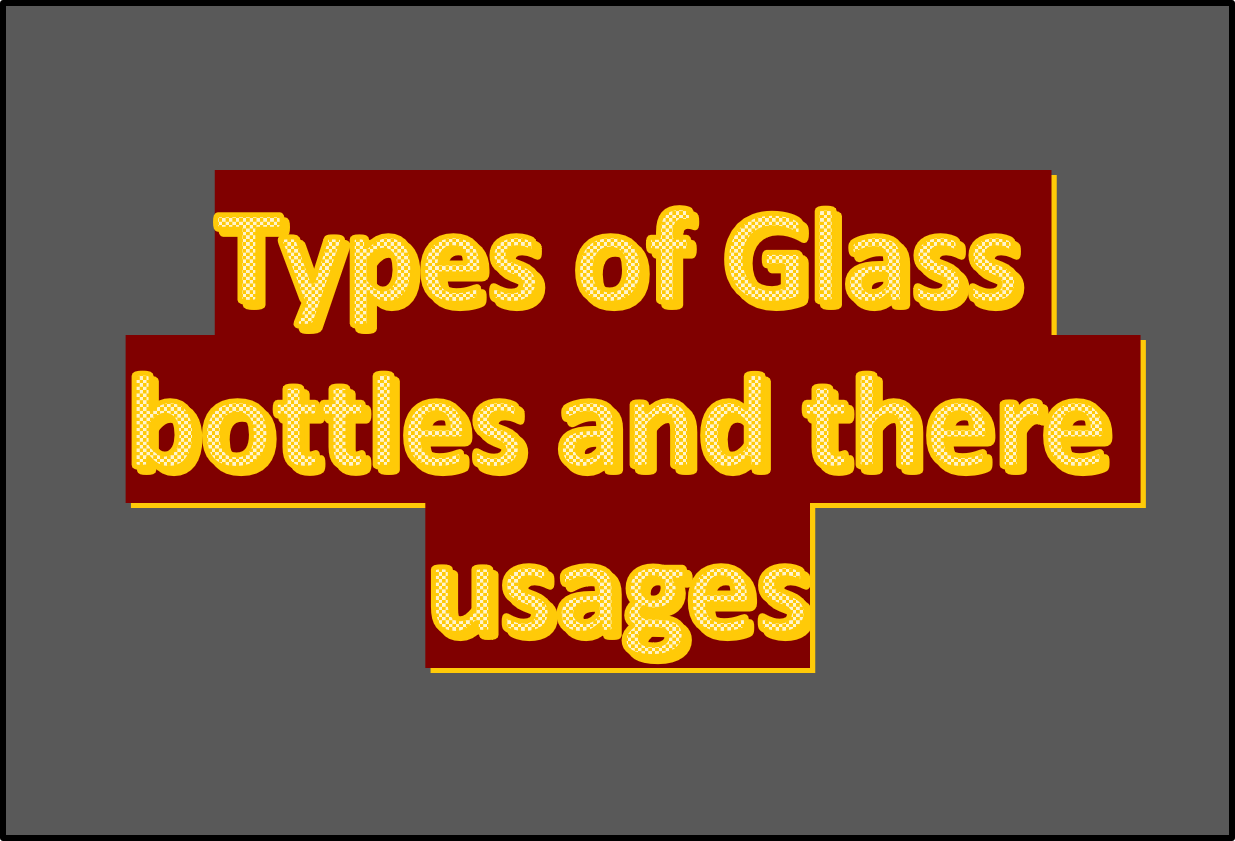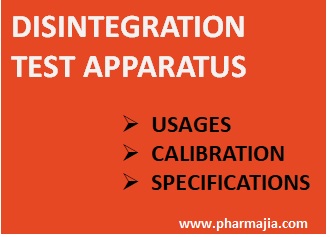Use of Glass Bottles in pharmaceutical industry- Comprehensive Information

This article contains comprehensive information on Use of Glass bottles in pharmaceutical industry.
Types of Glass bottles and Their usages in Pharmaceutical Industry.
Introduction :
Glass bottles used in the pharmaceutical industry are specifically intended for direct contact with pharmaceutical preparations. Glass packaging is highly common for use in the pharmaceutical industry.
They offer an numerous advantages which is essential for the longevity, concentration, and safety of what is stored inside. They are ideal for packaging solutions are they are easy to sterilize, great for protecting the contents from ultraviolet rays, do not react with chemicals inside, and are often transparent to It is imperative that these glass bottles possess an appropriate closure system.
The design of the bottles ensures effortless extraction of the contents, aligning with the intended use of the preparation.
These glass bottles offer varying levels of protection, depending on the product’s characteristics and environmental hazards, while also minimizing the loss of constituents. Furthermore, it is crucial that the glass bottles used for pharmaceutical packaging do not undergo any physical or chemical interactions with the contents that could compromise the quality of the drug products.
Although all types of glass can provide above benefits, it is important to be aware that there are various types of glasses and all provides different properties, prices, use, manufacturing.
What are the Types of Glass bottles :
Various types of glass bottles used for pharmaceutical packaging as per Pharmacopeial recommendations are as follows:
- Type I – Borosilicate glass
- Type II – Treated soda-lime glass
- Type III – Regular soda-lime glass
What Is Type I Glass?
Type I glass consists of various elements, all of which are great at resisting chemicals of strong acids and alkalis, has high hydrolytic resistance. Type I glass is often referred to as borosilicate glass. It is made up of approx. 80%silica, 10% of boric oxide, and small quantities of both sodium oxide and aluminium oxide. All type I glass bottles are suitable for both parenteral and non-parenteral preparations.
What Is Type II Glass?
Type II treated soda-lime glass is fairly resistant to attack by water for a period of time. Sulfur treatment neutralizes the alkaline oxides on the surface, thereby rendering the glass more chemically resistant. It has a high hydrolytic resistance. Type II treated soda-lime glass is used for alkali-sensitive products, infusion fluids, blood and plasma, and large-volume bottles.
Type II glass is suitable for medical preparations that require blockage from UV rays. The colorants used on type II glass helps them become protective for chemicals that can easily react to light.
The difference between type II and type III glass bottles is that the inside of type II bottles is treated with sulfur.
The difference between type II and type I glass bottles is that type II glass has a lower melting point. They are great at protecting the contents from weathering. However, type II glass is much easier to mold yet less likely to withstand hot environments.
All type II glass bottles are suitable for both parenteral and non-parenteral preparations.
What Is Type III Glass?
Type III glass is made up of 75% silica, 15% sodium oxide, and 10% calcium oxide. The remaining 5% of the glass consists of small amounts of magnesium, potassium, and aluminium oxides. The use of these small quantities helps the glass become more versatile. The aluminium oxide benefits the glass as it improves its chemical durability. Meanwhile, the magnesium oxide helps the glass become easier to mold at lower temperatures. Type III glass is often referred to as Regular soda-lime glass.
Type III glasses can be used in parenteral and non-parenteral practices, as well as being suitable for storing aqueous solutions. This type of glass is much more versatile.
Brief Idea For Glass bottles making Procedure :
How are Glass bottles Made?
Glass bottles for pharmaceutical applications are manufactured using a variety of techniques. The most prevalent methods include:
- Melting: The raw materials are melted to create molten mass. The mixture of raw materials, such as silica sand, soda ash, and limestone, is heated in a furnace until it reaches a molten state. This molten glass serves as the starting point for the bottle production process.
- Blowing: This method involves injecting compressed air into molten glass, causing it to expand and take the shape of a mold. The air pressure shapes the glass into the desired bottle form.
- Drawing: In this process, molten glass is pulled through dies, which are specialized tools that shape the glass into the desired bottle design. The glass is gradually drawn and cooled to form the bottle shape.
- Pressing: Mechanical force is applied to the molten glass to shape it into a bottle. The glass is pressed into a mold using pressure, resulting in the formation of the desired bottle shape.
- Casting: Gravity is utilized to shape the molten glass into a bottle. The glass is poured or forced into a mold, and as it cools and solidifies, it takes on the shape of the mold to form the bottle.
Testing Of Glass bottles:
Glass bottles used in pharmaceutical applications undergoes testing through various types of tests, like Glass Grains Test and Surface Glass Test, to assess its hydrolytic resistance and determine its specific type.
- Glass Grains Test: This test involves subjecting small glass grains or particles to specific conditions to evaluate their hydrolytic resistance. The glass grains are typically exposed to a high-temperature and high-humidity environment, simulating harsh conditions that the glass may encounter during its use. The test assesses the glass’s ability to resist chemical degradation caused by moisture, ensuring its suitability for pharmaceutical applications.
- Surface Glass Test: In this test, the glass surface is examined for its hydrolytic resistance. The glass is carefully inspected for any signs of deterioration, such as the formation of cracks, flakes, or other defects. The test aims to determine the glass’s ability to maintain its structural integrity and prevent potential interaction between the glass and the pharmaceutical product. It ensures that the glass surface remains smooth and free from any potential contaminants that could affect the quality of the drug product.
For Details as per US pharmacopeial Recommendations on Glass bottles plz click here :



